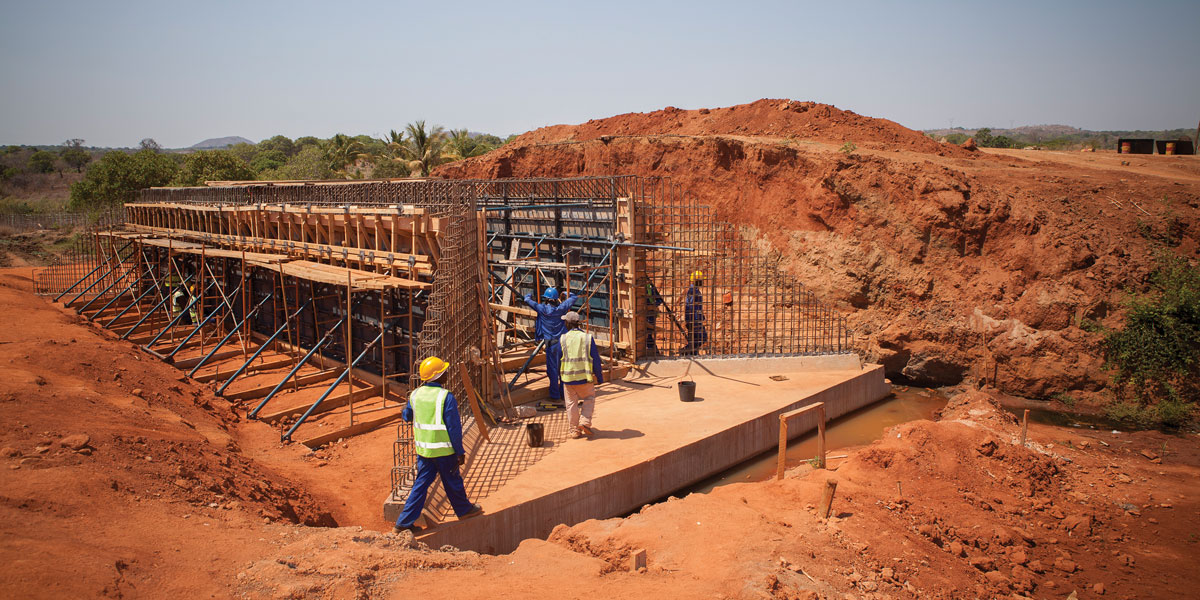
Jake Lyell for MCC
How Would the BUILD Act Work?
The BUILD Act will better incentivize and leverage private sector investment in developing countries, making it easier for American businesses and institutional investors to work abroad in developing economies. The new IDFC will modernize America’s development finance tools so that they work more effectively with private sector counterparts by granting the IDFC authority to make equity investments, offer guarantees, and invest in local currency. The BUILD Act will increase OPIC’s funding cap, while maintaining a funding model that does not add costs to U.S. taxpayers.Passage and implementation of the BUILD Act will make the U.S. more competitive within the international development landscape, where new actors have appeared and new challenges have emerged from authoritarian regimes over the last decade due to global growth. Other bilateral and multilateral donors have long had most of these authorities, with EU donors now advancing even further with the introduction of the European Union’s External Investment Plan (EIP). EIP is designed to encourage private investors to contribute to sustainable development in countries outside of Europe. The EU has committed €4.1 billion via guarantees, grants, and capital. It expects that its commitment will leverage more than €44 billion of investments by 2020. In the context of the BUILD Act, MCC—with our grant-based model, emphasis on private sector leveraging, and no-year funding—is authorized to fulfill a role in U.S. development finance that is much like the EIP, complementing other OPIC finance tools.
Where Does MCC Fit In?
MCC fits into the BUILD Act in three key ways. The new IDFC will:- Coordinate with MCC on its development policies and implementation efforts.
- Utilize MCC’s relevant data for identifying a country’s key growth sectors, assessing the enabling environment for public private partnerships, and identifying investment opportunities where public and private interests overlap.
- Consult MCC’s time-tested Constraints Analysis on the binding constraints to economic growth as a source of information to help inform the decisions of the IDFC.
MCC’s expertise in basing decisions on evidence and economic analysis, leveraging private sector investment, and incentivizing policy and institutional reforms position the agency to make significant contributions to the overall impact of the BUILD Act, the IDFC, and the ability of U.S. assistance to create jobs, expand markets and reduce poverty through economic growth.

